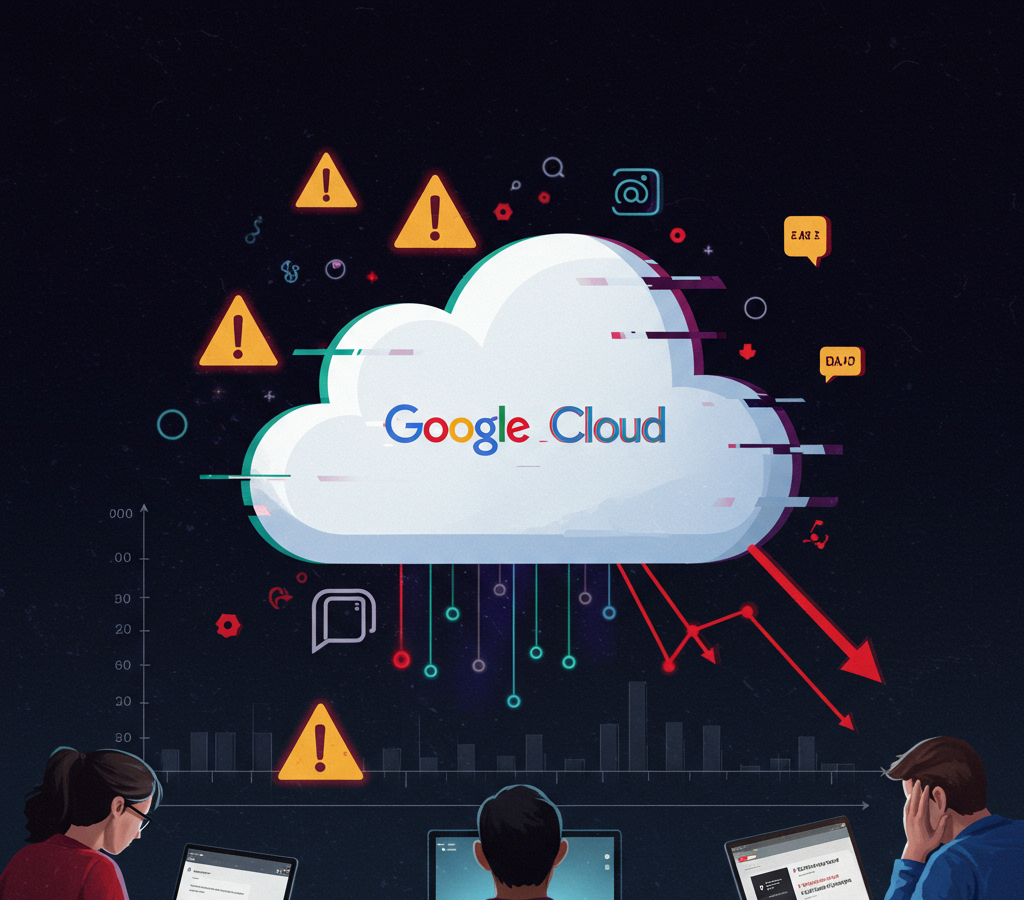Google Cloud Outage Disrupts Thousands: What Happened and What It Means
Imagine relying on your apps and services—and suddenly they stop working. That was the reality for thousands of users recently when Google Cloud suffered a disruption, throwing many into digital disarray. Whether you’re a tech geek, a business owner, or just someone who likes their online tools working smoothly, this unexpected outage affected more people than you might think.
So, What Exactly Happened?
On June 13, 2024, Google Cloud experienced a widespread disruption that impacted tens of thousands of users across the globe. From small business operations to major tech-based services, users found themselves unable to access tools hosted on Google Cloud. The issue was serious enough that it made it onto Downdetector, a popular website that tracks internet service outages.
This isn’t the first time a major cloud platform had hiccups—but for many users, it felt like the digital rug was pulled out from under them.
How Big Was the Outage?
It’s always tough when your workflow is based on apps in the cloud, and suddenly, they’re down. Here’s a quick look at how many people were affected and where:
| Location | Peak Number of Outage Reports | Main Issues Reported |
|---|---|---|
| United States | Over 12,000 | Inability to access cloud services |
| United Kingdom | Approx. 2,000 | Connection failures |
| India | 1,300+ | Slow loading and timeouts |
| Germany | 1,100+ | Login and API failures |
Which Services Were Affected?
Google Cloud supports a wide range of services, from data storage to machine learning applications. When it goes down, the ripple effects travel far and wide. Some of the key areas impacted during this incident included:
- App development platforms – causing severe disruption for developers
- Business operations – especially companies relying on real-time cloud processing
- Web and mobile apps – interruptions in functionality and data syncing
Imagine working on a live document with your remote team or running customer service software in the cloud—and everything goes dark. That’s what many users experienced.
Google’s Response
Google acknowledged the problem shortly after reports started flooding in and noted they were investigating the issue. A spokesperson mentioned that they were working “as quickly as possible” to resolve it. By mid-morning, some services had started to come back online, though users continued experiencing difficulties for hours afterward.
In a follow-up update, Google didn’t provide specific details about the cause but reassured users that it was working on improving system resilience.
Why Cloud Outages Matter
Cloud platforms like Google Cloud are the backbone of today’s digital services. From start-ups to massive corporations, many rely on cloud technology to run their websites, apps, databases, and more. When a cloud giant stumbles—even temporarily—it’s more than just inconvenient; it can mean revenue loss, poor user experiences, and major workflow interruptions.
Let’s put it this way: the cloud is like the plumbing of the internet. When something clogs it, everything downstream feels the effects.
Are Cloud Outages Becoming the New Normal?
This might have you wondering: Are cloud service outages happening more often? It’s not your imagination. While cloud platforms are more reliable than ever, the scale and complexity of cloud operations mean they’re still vulnerable to bugs, hardware failures, and network traffic overloads.
The good news is that each outage teaches providers where things went wrong and how to improve. Eventually, these lessons help prevent future outages—or at least make recovery faster.
How Can Businesses Be Prepared?
If you’re running a business that depends on cloud platforms, downtime is your worst enemy. Here are a few ways to stay prepared:
- Use multi-cloud setups – don’t put all your eggs in one cloud basket
- Backup critical data regularly – automatic backups ensure you’re not caught off guard
- Monitor service health dashboards – stay ahead of potential issues by keeping an eye on platforms like Downdetector and Google’s own status page
- Create a downtime response plan – know exactly what to do if services go offline
Even a few hours of downtime can seriously affect customer trust. Being proactive helps you weather these unexpected storms without losing valuable ground.
What Does This Mean for Everyday Users?
For regular users who just want to use their apps or store their files, a cloud outage might seem like a rare glitch. But it’s a good reminder to back up important info and not rely solely on one service for everything.
Ever lost all your photos after your phone died? That same idea applies here. Having a second place to store your important documents, whether it’s an external drive or another cloud service, is always a smart move.
The Silver Lining
While outages like this are frustrating, they shine a light on just how much we depend on cloud computing—and how we can improve that dependence. It also reminds us to be patient. Technology, amazing as it is, isn’t infallible. Even giants like Google can have a bad day.
As the cloud gets smarter and more secure, we’ll likely see fewer and shorter disruptions. But until then, it pays to be prepared, stay calm, and maybe even take that unexpected break as an excuse to log off and take a breather.
Final Thoughts
Cloud outages like the recent Google Cloud disruption affect more than just tech companies—they ripple through every facet of our digital lives. But instead of giving into panic, moments like this are perfect reminders to set up a solid infrastructure, be data-savvy, and always expect the unexpected.
Have you ever been caught in a cloud outage? How did it impact your day? Share your experience in the comments—we’d love to hear how you handled the tech storm.
Keywords used: Google Cloud outage, cloud service disruption, tech outage, Google Cloud down, cloud platform issues, cloud computing downtime, Google Cloud services affected
